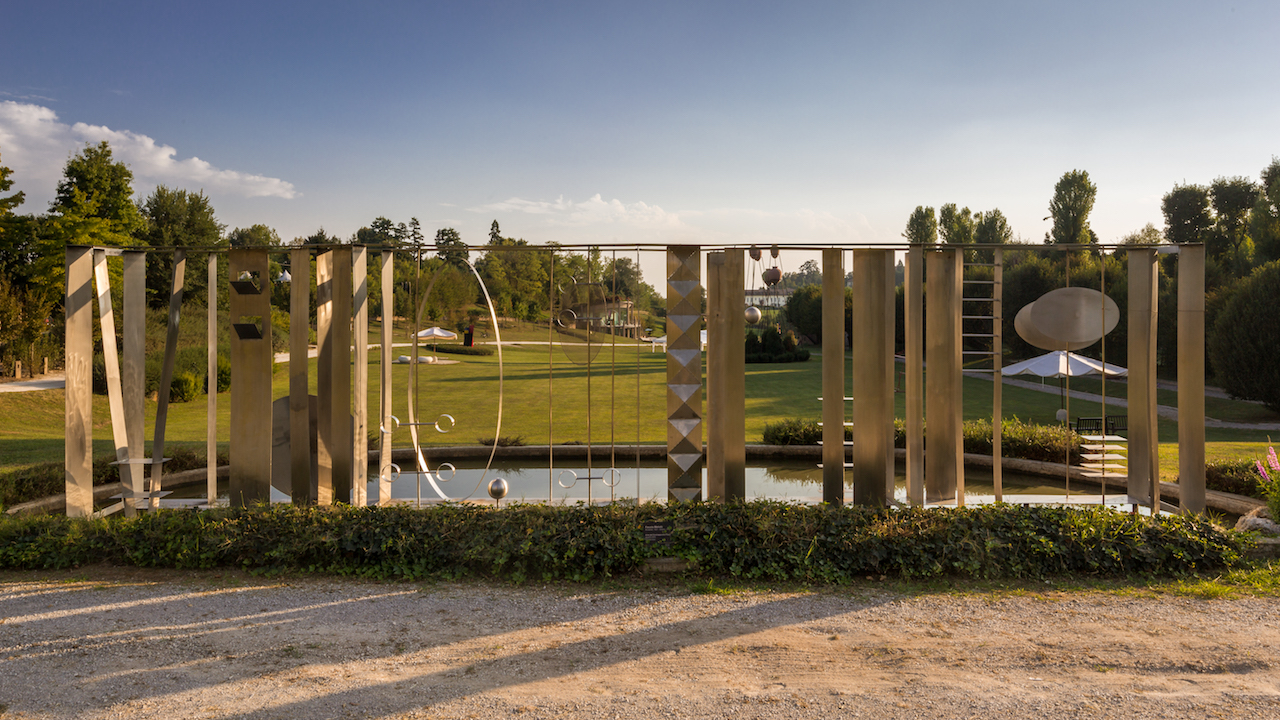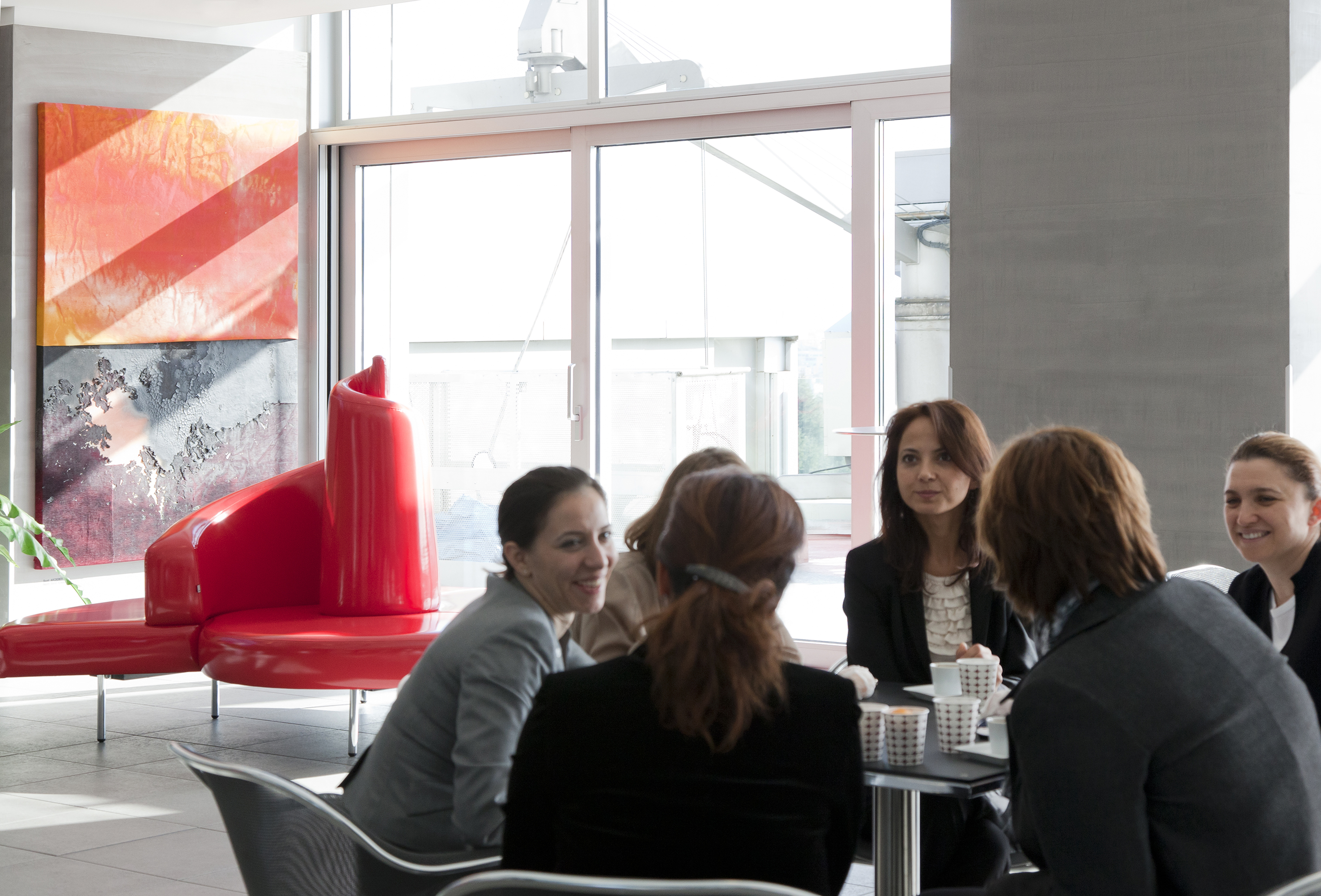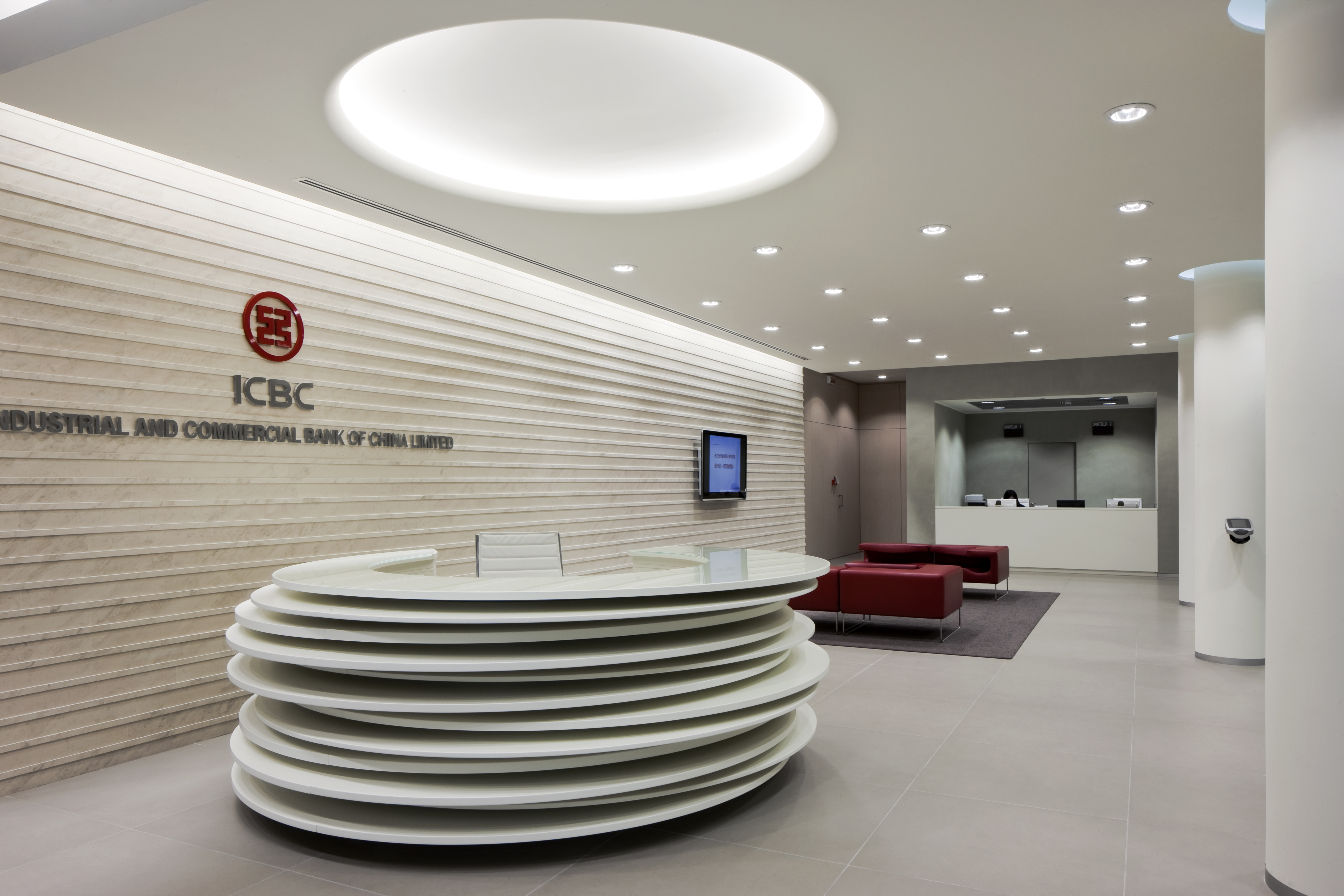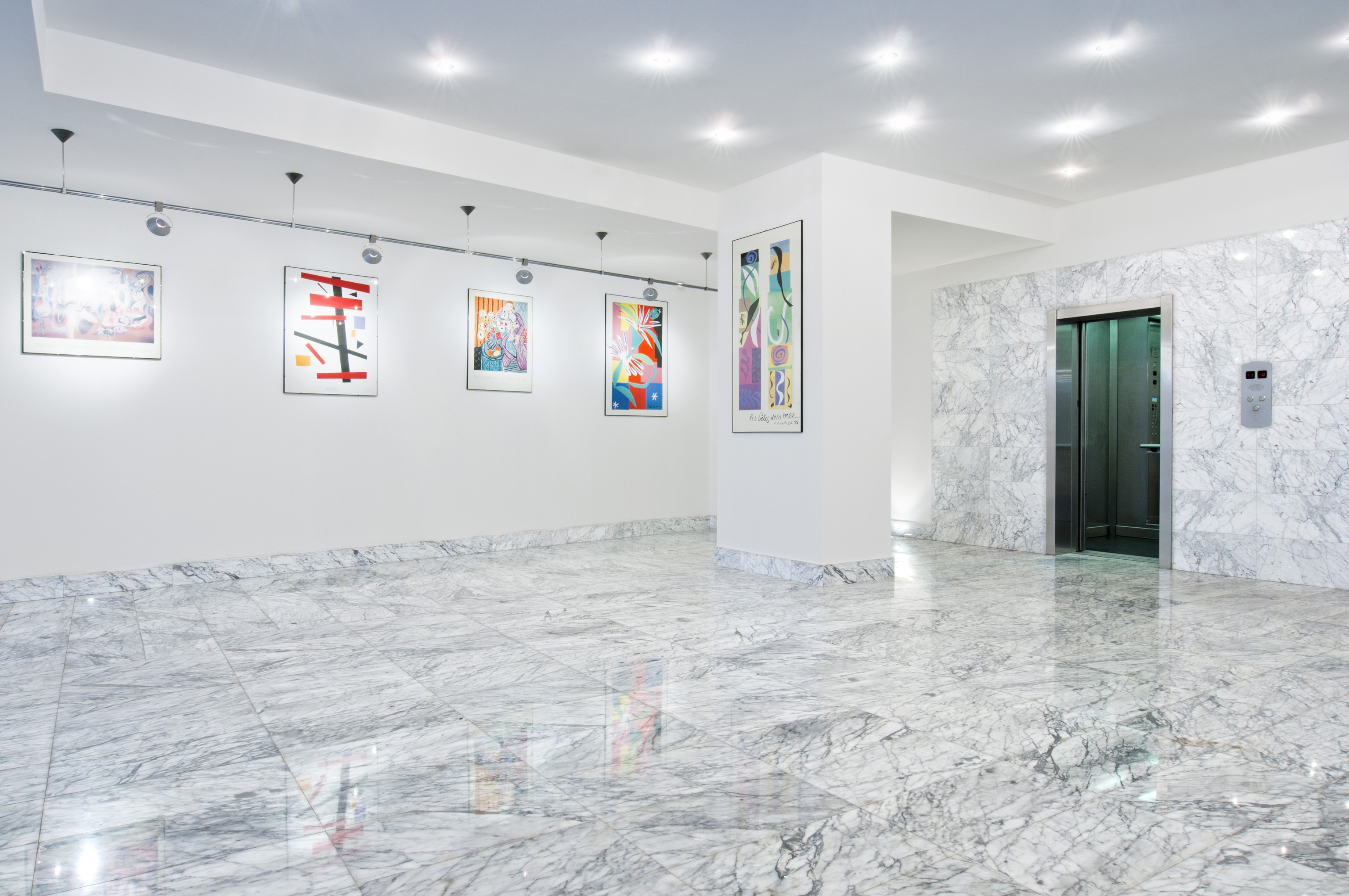Art at Work, a cultural project by Level Office Landscape
The whole history of art is full of episodes of businessmen, patrons and collectors who gave an economic support to young creatives, thus giving them the possibility to reach popularity and get recognition by the public. These are passionate men who bought art works of unknown artists and sometimes, to support their talent, they give them a real salary and a studio where to work. Important figures like these, have survived in the present and through their encouragement, young emerging artists are still helped in order to devote themselves entirely to the creative work and to collaborate effectively to the realization of artworks.
It is the case of the sculptures created by the artist from Benevento, Antonio Levolella with the support of Alberto Rossini, a businessman from Brianza and founder of the italian Ranger. Levolella’s artworks have been included inside the project of social art called RossiniArtSite in Briosco (MB). Another example is the engineer Ambrogio Carzaniga, CEO of Fimer Group, a man with an acute esteem for art who has collected for decades pieces of the abstract artist Angelo Dozio, a painter unknown to the big public who impressed Mr. Carzaniga with his extraordinary and powerful expressiveness. He decided to build a museum dedicated to Dozio inside the headquarters of his company, a building inspired by the architecture of Oscar Niemeyer. In the twentieth century, the patrons of art were not princes or nobles, instead they were entrepreneurs like Mr. Rossini or Sergei Shchukin (1854-1936), a Russian businessman very active in the textile trade who bought several paintings of impressionist artists during his travels to Paris. He had a particular obsession with Matisse and during the first decade of 1900 he commissioned to him some of his most important paintings of all time (“The Music” and “The Dance”) to be exposed inside his villa.

Emblematic is the relationship between the young Piero Manzoni and the enterpreneur Aage Damgaard, manufacturer of shirts in Denmark, as well as the one between Davide Campari and Fortunato Depero that have been inextricably connected to the success of the Campari brand, where design, art and creativity were connected by a strong bond. Recent examples are also the German fashion businessman Volker Feierabend, who dedicated many years to the diffusion of the Italian art in German-speaking countries and the pharmaceutical entrepreneur Abdi Ibrahim. He has built his offices of R&D in a beautiful building designed by the architect Dante Benini and has created a perfect fusion with his own collection of contemporary art, a project comparable to the greatest historical avant-gardes.

It is interesting to investigate the personal and intimate relationship between the entrepreneur and the artist: in fact the artworks don’t have any investment purposes and are not just for personal pleasure. The real intention is to create a cultural project with an educational and social commitment that makes art approachable from everyone and accessible to a special public made of people who works in the company or in the factory where the artworks are exposed. The case represented by the rich collections of the banking foundations as UBS, Deutsche Bank and Cariplo, is different because they consider art only as a financial investment and their employees are rarely in contact with the pieces of art that these banks possess. Usually workers do not participate in the intimate and deep project of selection of the works and they are often not interested in it.

“Art at work“is a company philosophy that involves the installation of artworks inside the workplace, encouraging suggestions through the daily encounter with the pieces exhibited in the offices. This is not a matter of representation, nor a way to assert its own position. The Art is seen as a powerful and persuasive form of communication of the company values and the corporate Mission. The conscious recognition of the function of Art gives also an important contribution to the diffusion and to the positioning of the brand.
Art has become democratic, no longer considered to be an exclusive and elitist affectation, now it is seen as a living collective matter. Employees and also citizens who had the chance to admire the collections of entrepreneurs who opened the doors of their factories, can freely enjoy the works and get benefits from them.

Since 2002 Level Office Landscape promotes the philosophy “Art at work” and it is at the forefront of its communication and distribution. This article is an open contribution that has the aim to get richer over time through your reports, suggestions and well-documented information that can help to the definition of this theme, to expand the collective knowledge of the art inside workplaces. We kindly invite you to share your thoughts with us, commenting this article and bringing your testimonies.
For a detailed study of contemporary art, we suggest the reading of: “Contemporary, Art since 1950” AAVV Mondadori.
